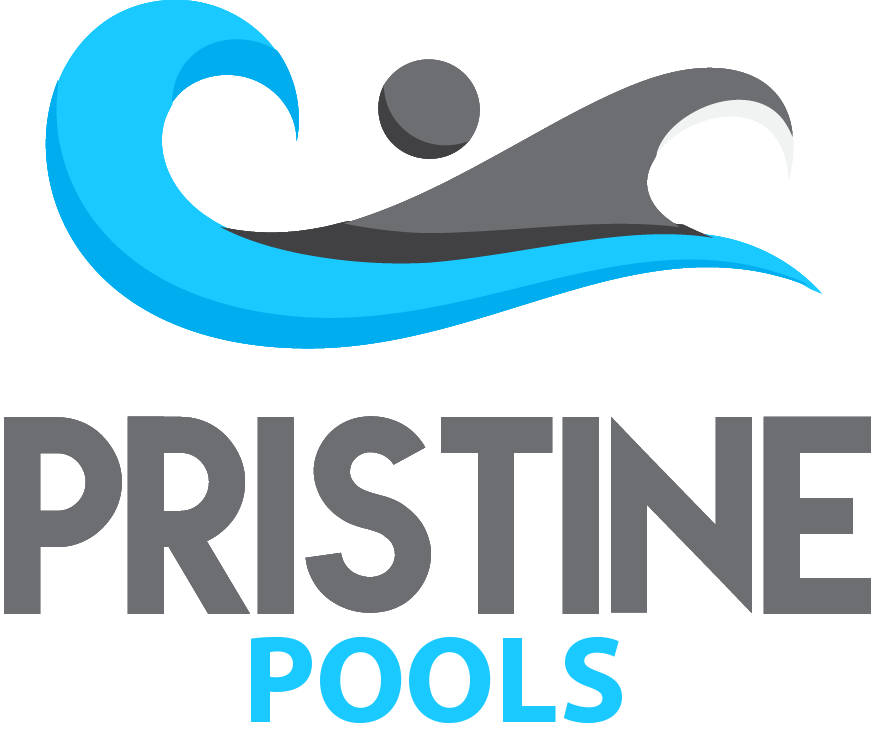Why does my pool go green?
One of the most common issues facing pool owners is a green pool.
Whilst there are a number of reasons for this, usually it boils down to low chlorine levels.
There is nothing worse than rolling back your pool cover on the first nice day of the season, and being presented with a swamp.
It’s important to work out why, so let’s explore some common causes:
Neglect
Most commonly over Winter, a pool is covered up and forgotten about. Pumps are turned off, or the output is set to low. Leaves, sticks and dirt all congregate on the bottom and chemical levels are ignored.
Solutions: Keep an eye on your pool during the colder months. Lift up a corner of the blanket every week and peer under.
Don’t turn your equipment off, just turn it down. If anything doesn’t look right, call a professional or get a water test.
Faulty equipment
There is a reason your pool needs equipment to keep it looking pristine. A pump circulates the water. A filter keeps it clean and removes fine particles. A chlorinator produces chlorine to sanitise. If any of these aren't working, it doesn’t take long to see your pool turning from a beautiful blue, to a murky green.
Solution: Contact a professional. They should be able to pinpoint the problem and fix it quickly to assist with minimal disruption to the swimming season.
Storms
Storms cause all sorts of organic debris to wash into your pool. This can cause your chemicals to dilute and the water to become cloudy. It often doesn’t turn green immediately and people think everything is ok. A few days go by and you find a green tinge - and some algae growing on the steps and walls.
Solution: Get a water test straight after any storm, and balance your pool immediately! Try and get out whatever has been washed in by vacuuming or using your pool cleaner.
Heat waves
Chlorinators are designed to withstand hot climates. Days with high temperatures and excess pool usage result in a struggling chlorinator. This allows algae to bloom and before you know it you’re swimming in a pond.
Solution: Turn the chlorinator up to maximum output. Still not enough? Increase the running hours. Sometimes you need to add a little bit of chlorine after use as well. Water testing is always suggested before doing any of this.
Low or high stabiliser
Stabiliser, Cyanuric acid, or Sun Block is a chemical designed to protect chlorine from UV rays. When the right amount is present in the water, it stops the chlorine from breaking down too quickly. At the same time, it allows it to break down when required to sanitise. Too little stabiliser and the chlorine is killed by the UV - too much and it won’t break down at all.
Solution: Get your stabiliser levels right. It’s recommended to have it between 20ppm and 50ppm, but there are many differing opinions on this. Once this is correct, you can continue to treat. If anything above doesn’t make sense, or it just isn’t working, always seek a professionals’ advice.
The last thing you want is an unusable pool for the short period of time you want to be using it.
